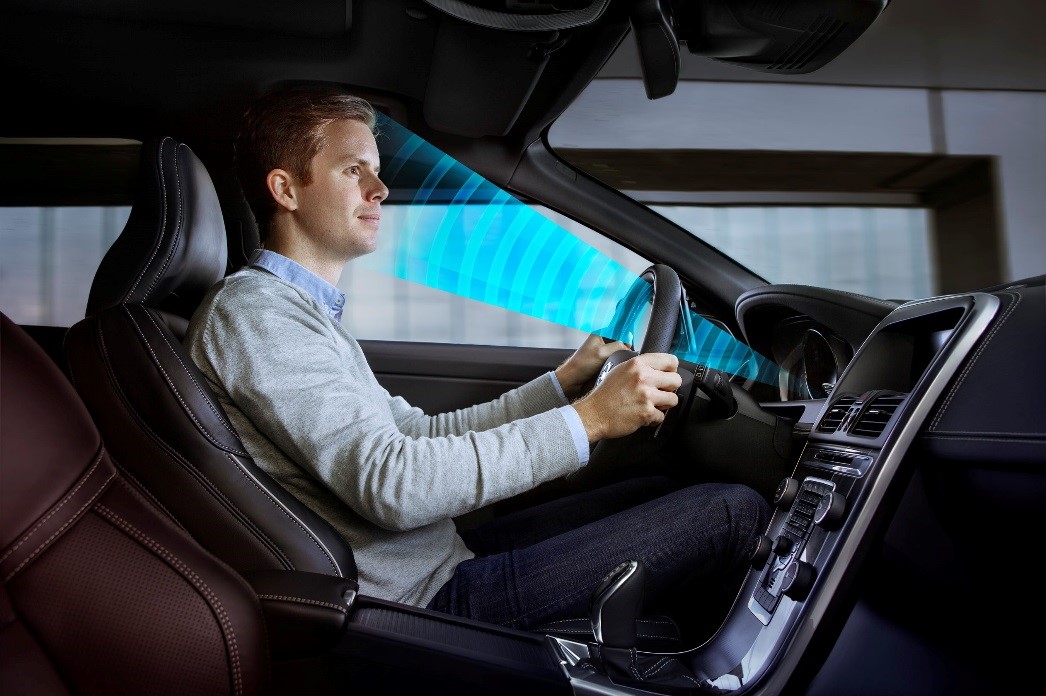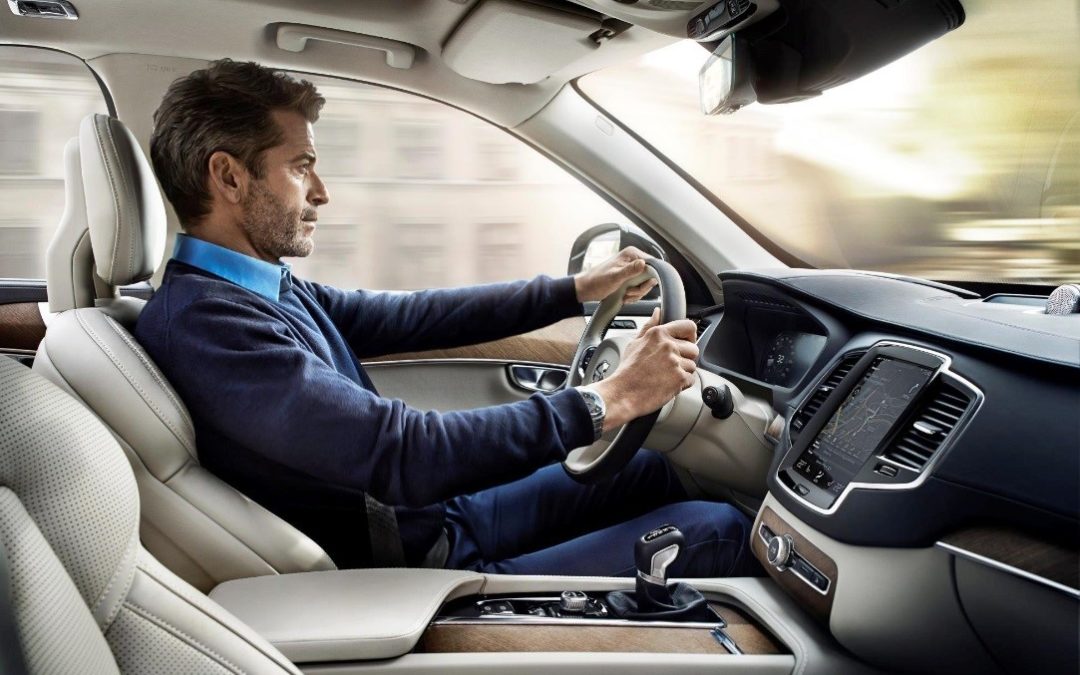Simple tips for better driving posture
The average person spends a significant amount of time driving. People often report pain whilst driving or after long periods at the wheel, particularly in the lower back. This can be due to:
- Poor posture
- Car vibrations//poor suspension and bumps on the road
- The shape of the seat or the way in which it is set up
It is for this reason that it is important to get yourself set up in the correct driving position. This will not only provide greater comfort and the best possible support for your back, but help to reduce further irritation. SItting correctly in the seat will also enhance your driving ability, vision and safety, in the event of an accident.

Head rest position
The headrest is designed to support your head in the event of sudden impact, reducing risk of neck injury and whiplash.
- The head rest should nestle the rounded portion of your skull where it meets the spinal column
- Your head should rest against the centre of the head rest.
- The allow your head to remain in a comfortable, neutral position and should not feel like it is pushing your head forwards
Steering wheel position
- The steering wheel should be in front of your chest, not your face, for safe deployment of airbags,
- There should be a small gap between the steering wheel and the top of your thighs,
- You should be able to comfortably reach the steering wheel, with a slight bend in your arms.
Chest, Arms, Legs and Back
- Your chest should be open, shoulders back against the seat, arms and legs relaxed,
- Your backside should be against the back of the seat for lower spine support,
- There should be a slight bend in the knees for comfort and better control (bent knees act as a brace in case of a crash and allow for better absorption of forces from road bumps)
Foot position and Seat adjustments
To allow you to stabilise your torso and better distribute the forces coming from the road;
- The left foot rest should be used at all times in an automatic vehicle, and when not operating the clutch in a manual vehicle,
- The seat should be positioned so that you can comfortably operate the accelerator, and the break, with slightly bent knees.
- The seat should be positioned to ensure you are able to see the dashboard clearly and out all windows, whilst leaving adequate room between the top of your head and the roof of the car,
- Your knees and hips should be approximately level, and thighs evenly supported,
- There should be a slight gap (3-6 cm) between the edge of the seat and the back of your knees with no pressure being felt behind the knees,
- The back of the seat should be reclined to approximately 100-110 degrees.
Seat Belt
- Seat belts are designed to be fitted across the strong points of the human skeleton,
- It should sit low, flat and firm across the hips and shoulder,
- When adjusting the seat belt height the general rule of thumb is to have the seat belt adjuster level with the ear.
These tips will help you improve your posture comfort and safety whilst driving.
As your Physiotherapists we are always here to help you in any way we can. Please don’t hesitate to give us a ring with any questions or concerns on 9975 4906 or drop us an email at [email protected]


Recent Comments